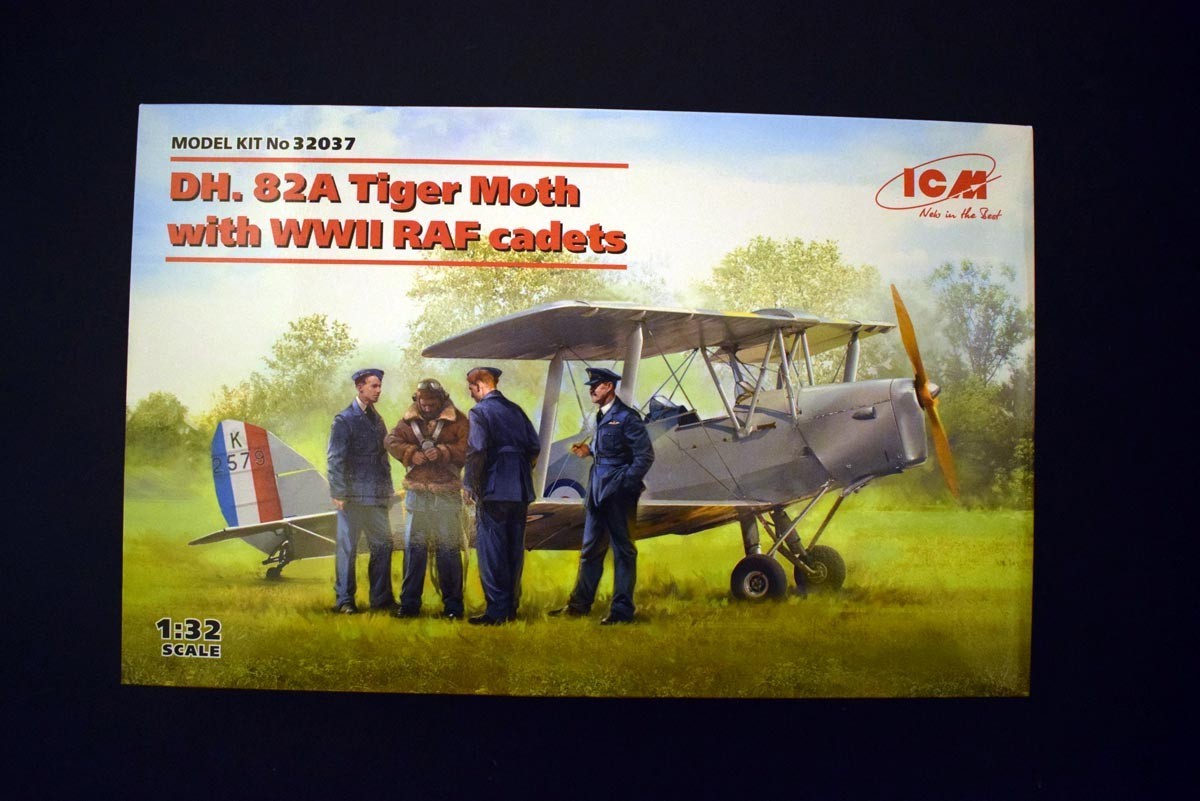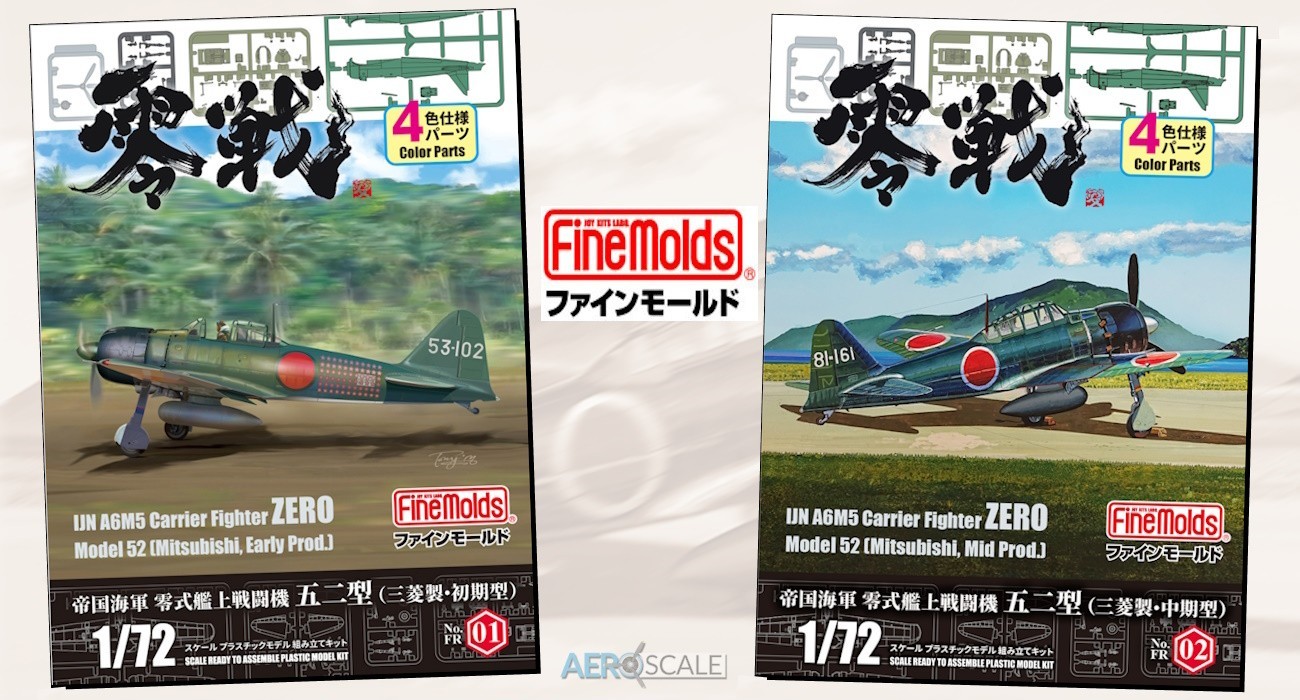
Introduction
The Tiger Moth holds a special place for anyone who has an interest in the RAF during World War 2.These aircraft were the main training plane from the late 1930’s through WW2and only retired from RAF service in the 1950’s. In the 70 years that have gone by since then these aircraft have continued in civilian use as trainers, personal aircraft and for joyrides; I sent my daughter for a 1 hour jolly outof IWM Duxford a few years back. So as the aircraft fast approaches 100 years old there are still a good number flying. ICM has now combined their release of the DH. 82A Tiger Moth with the figure set release titled 'WW2 RAF Cadets' in order to provide a more complete package.
Review
This offering from ICM is packaged in the standard manner of a cardboard tray with flip top lid and an additional card sleeve lid added. Inside is a single re-sealable plastic bag containing the plastic parts for the aircraft, an additional bag with the figures and the instruction booklet with the decals inside for protections. The only issue I have is that the plastic being in the same bag could result in damage to parts; fortunately that has not occurred on this occasion no damage occurred. An examination of the parts reveals a few flow marks that can be seen, but these pass the eyeball and touch test as regards not having caused damage. The number of gates between the sprue and the parts is also low in number.
DH. 82A Tiger Moth
The office of this model is unusual in that it is installed when you add the lower wings. The instrument panels have been supplied with decals, but each decal is individual and so will need to be considered as to when you add them; I would do it before the instructions tell you to. There is a problem here; can you guess what it is? Yes there is no harnesses for the seats; please ICM this is the biggest issue with all of your1/32nd scale line and is a real let down in kits that otherwise tend to be very good. The internal frame structure has been replicated internally down each side of the fuselage. The more I look the more I feel the office is the area that needs the most help in this kit as there are a lot of details that could have been or should be present.
An engine is provided for this offering and something that ICM does as a matter of course. The major structures are all present and correctly detailed. This engine is inverted with the rockers on the bottom, pistons in the middle and crank at the top, what I cannot work out is how the rockers don’t fill up with oil unless they have a separate source to the crank. This is another area of the model where ICM has given you a good carcase for the box builder and room for the super detailer to really dress up. The panel set up will also enable a realistic display of the engine without resorting to surgery.
The external areas of the model have been well tackled and a very fine texture is present; I believe this is to represent the cloth skin, but I feel it is so fine it will be gone as soon as paint is added to the mix. A nice aspect is that ICM has indicated where to drill the model parts for adding the cable tension wires, and more importantly they have included the drill size that is required. The swallow shaped tail has been well replicated with the flight control surfaces fixed in neutral. The fight control surfaces are present on the wings but need to be set at neutral unless doing surgery on the tail. The fuel tank on the upper wing looks good, but the modeller should consider adding the fuel pipe to the engine.
The undercarriage of the Tiger Moth is surprisingly delicate in its design and will require care on the part of the modeller in order to get right and not break it after. It should be noted that this also applies to the wing struts, so take your time in getting it right.
ICM has provided two finishing options in this model with the wartime option being far more visually appealing in my opinion. These finishing options are:
No 3 Flight Training Squadron, RAF Grantham, 1938
No 25(Polish) RFTS, Summer 1944
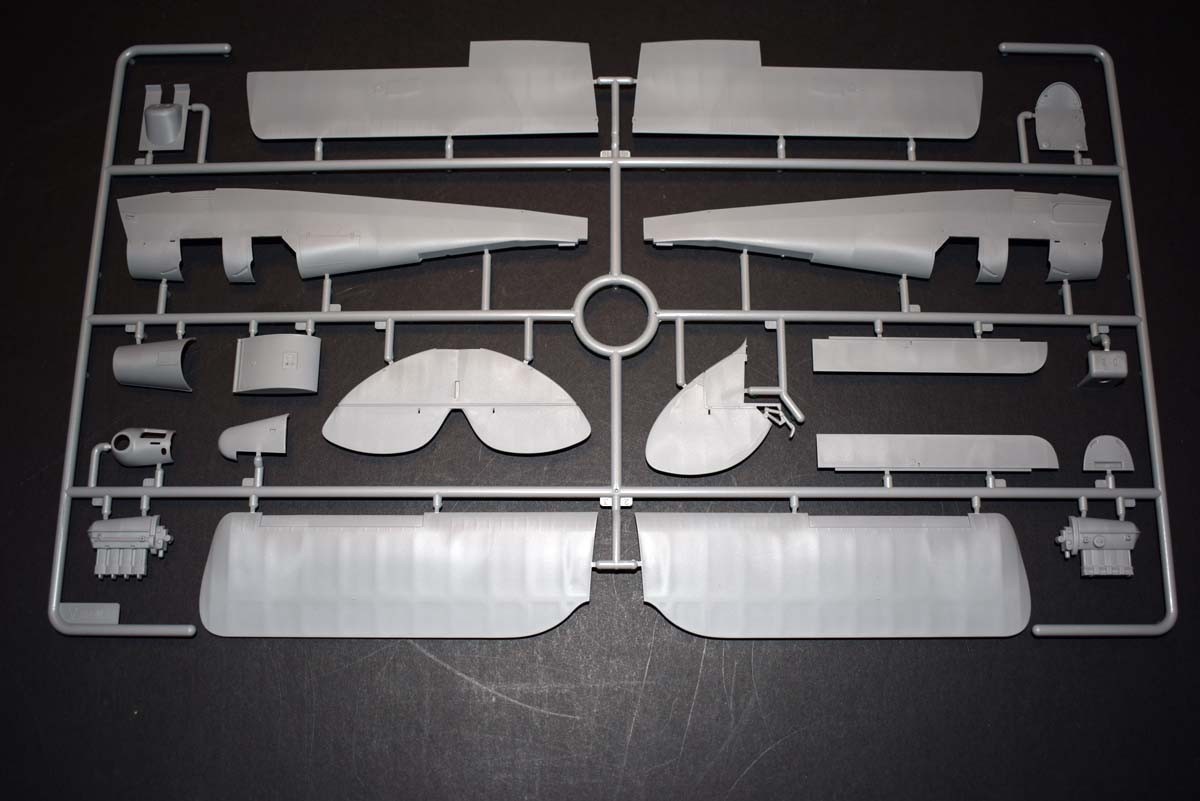
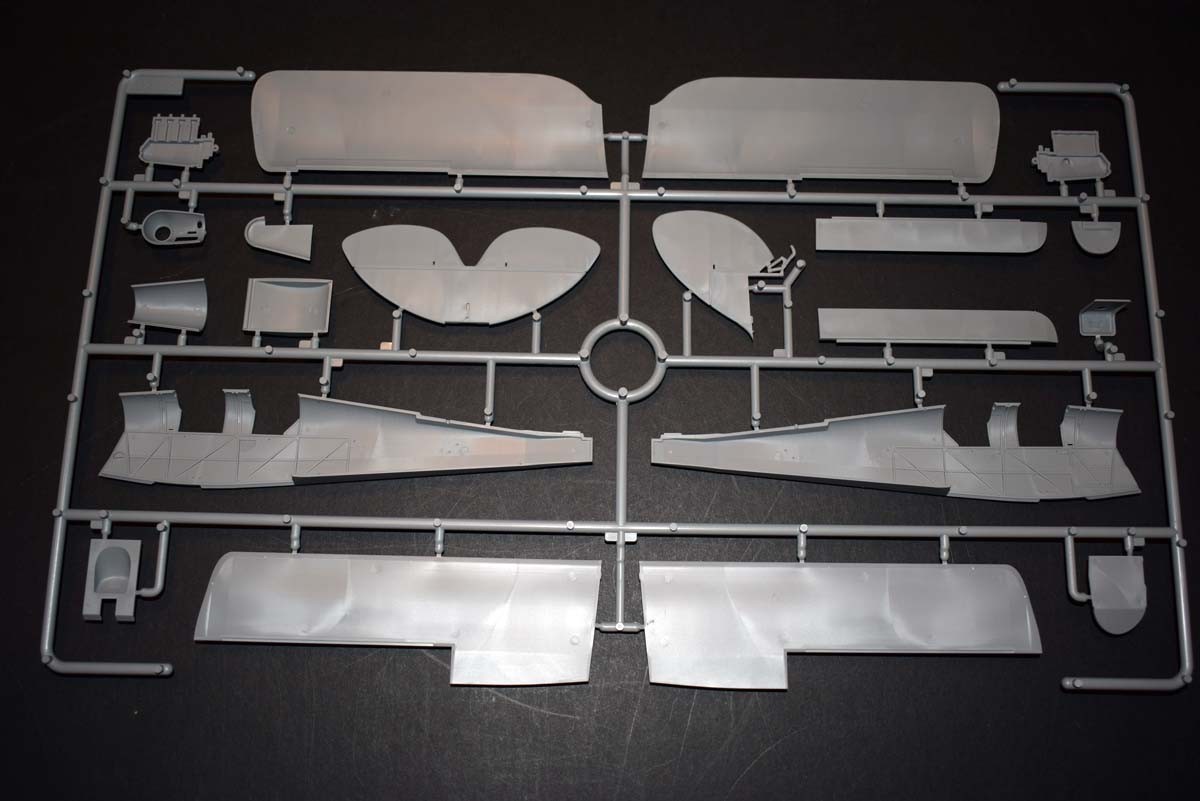
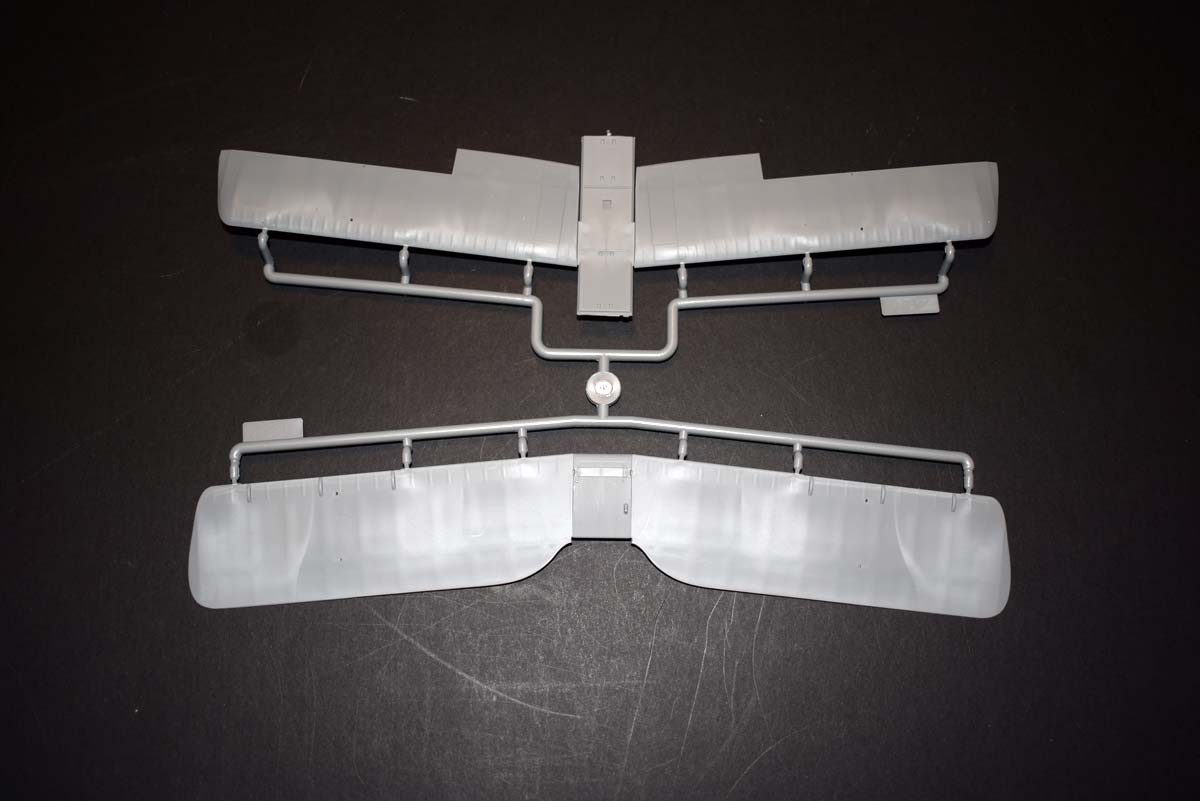
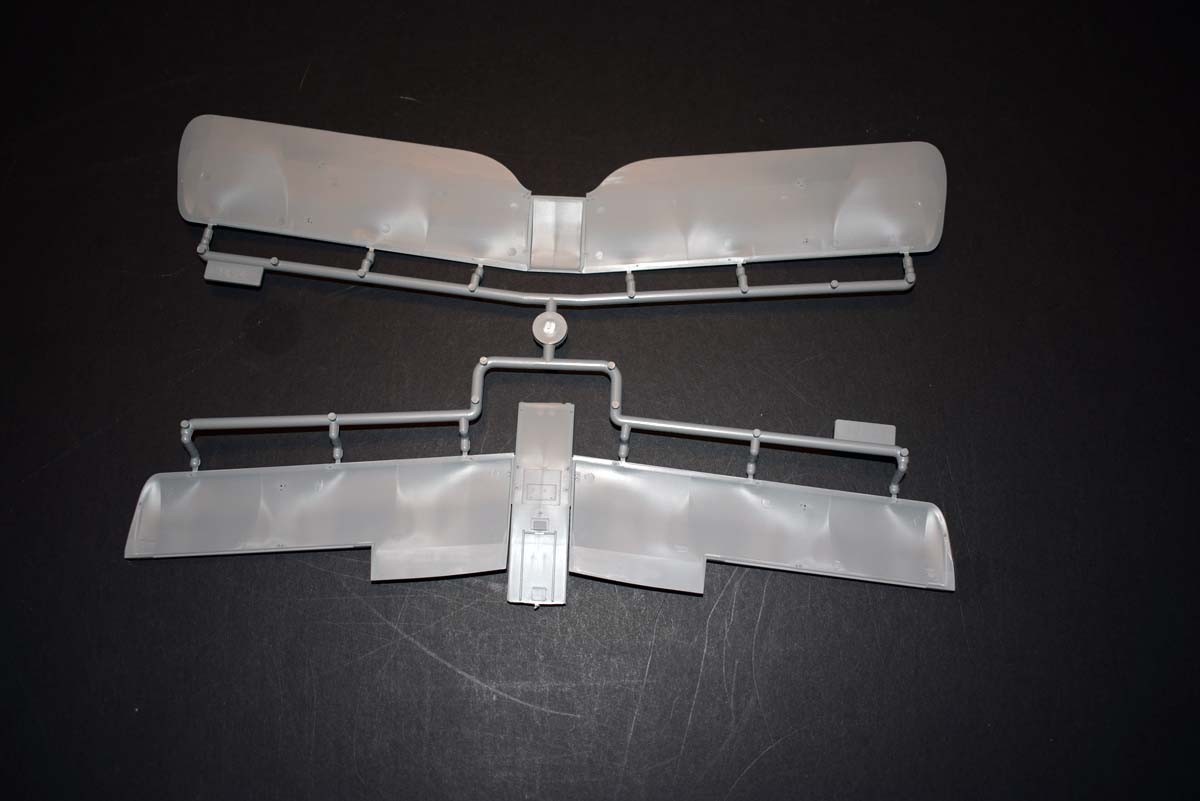
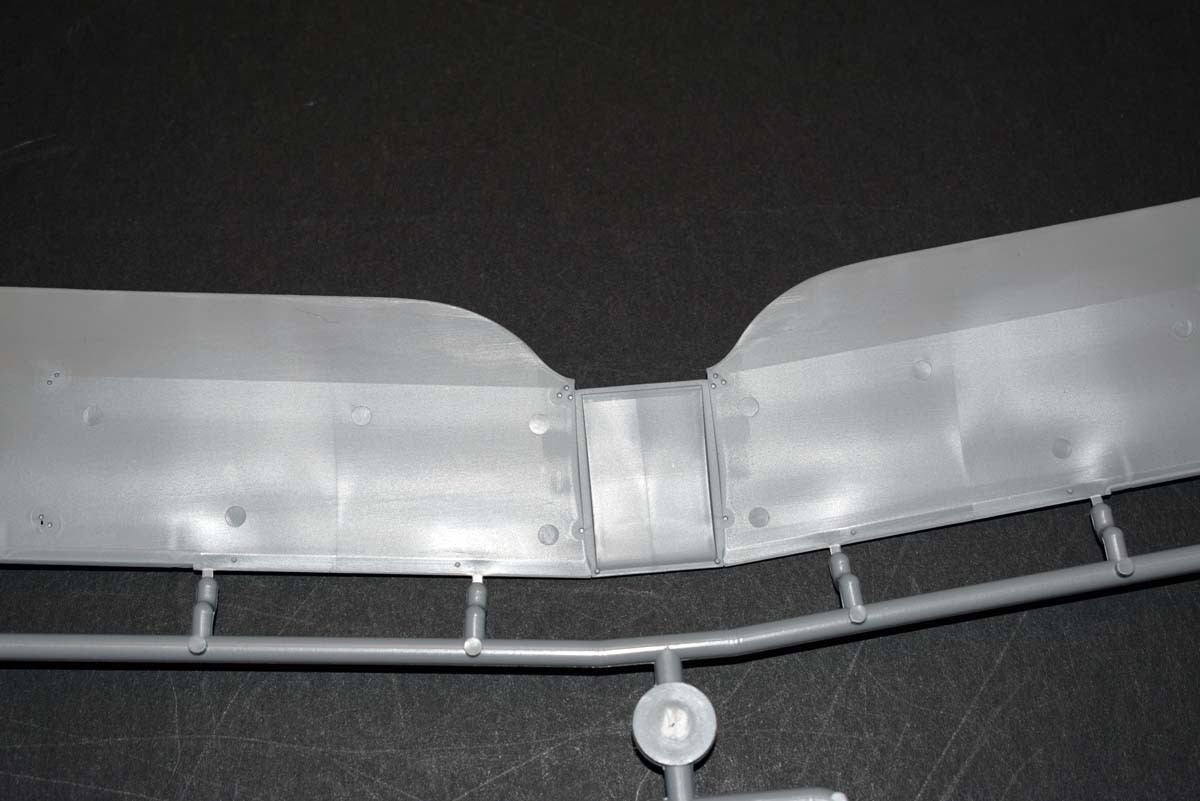
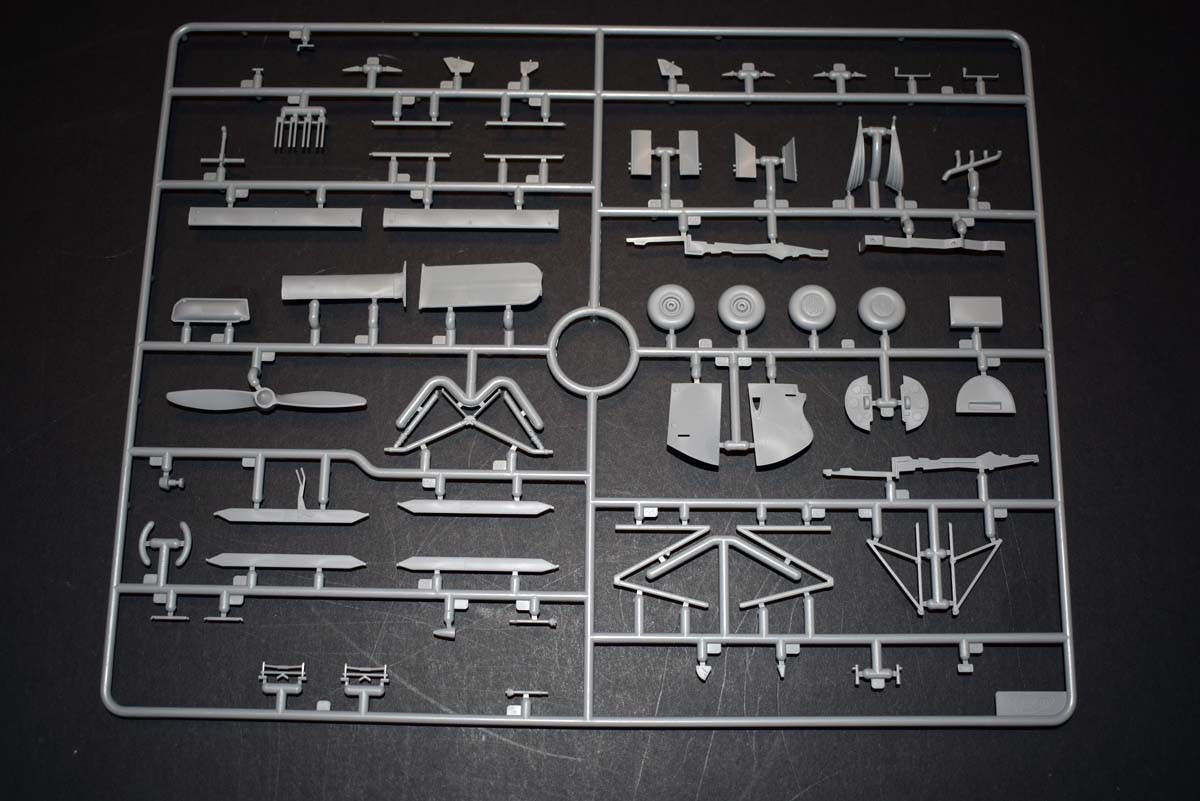
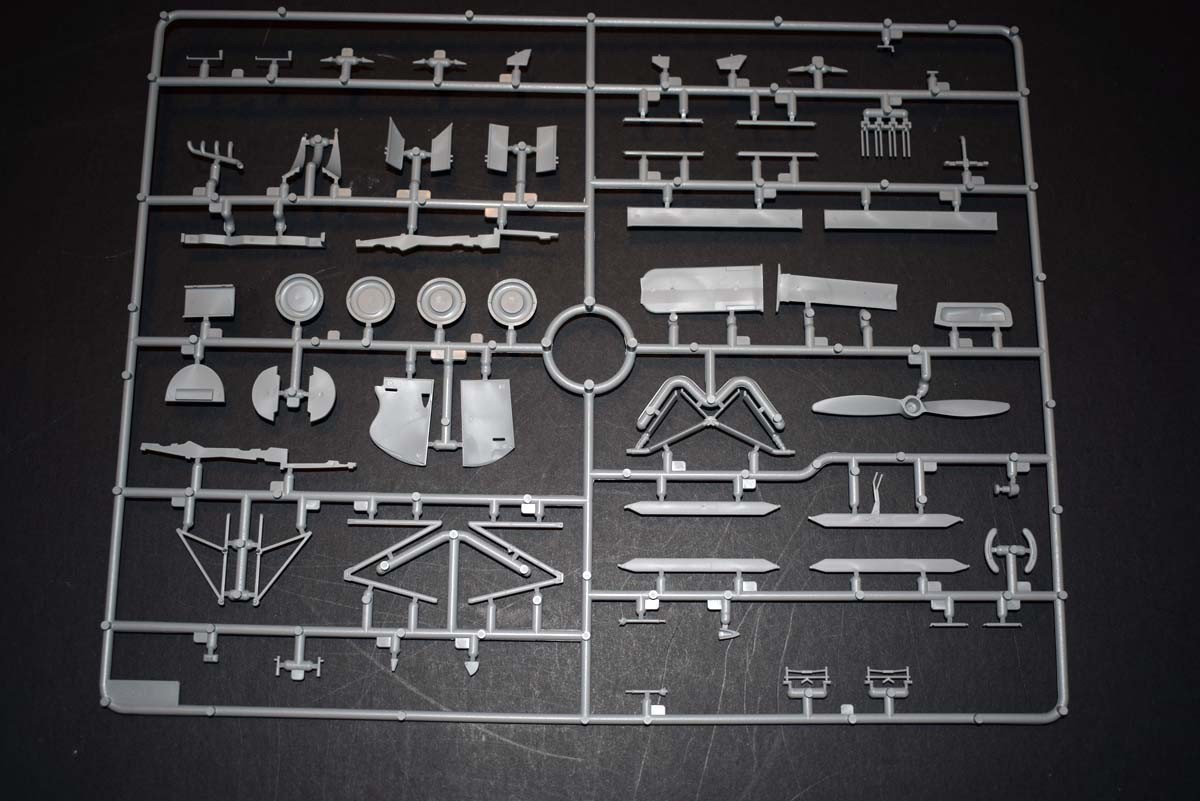



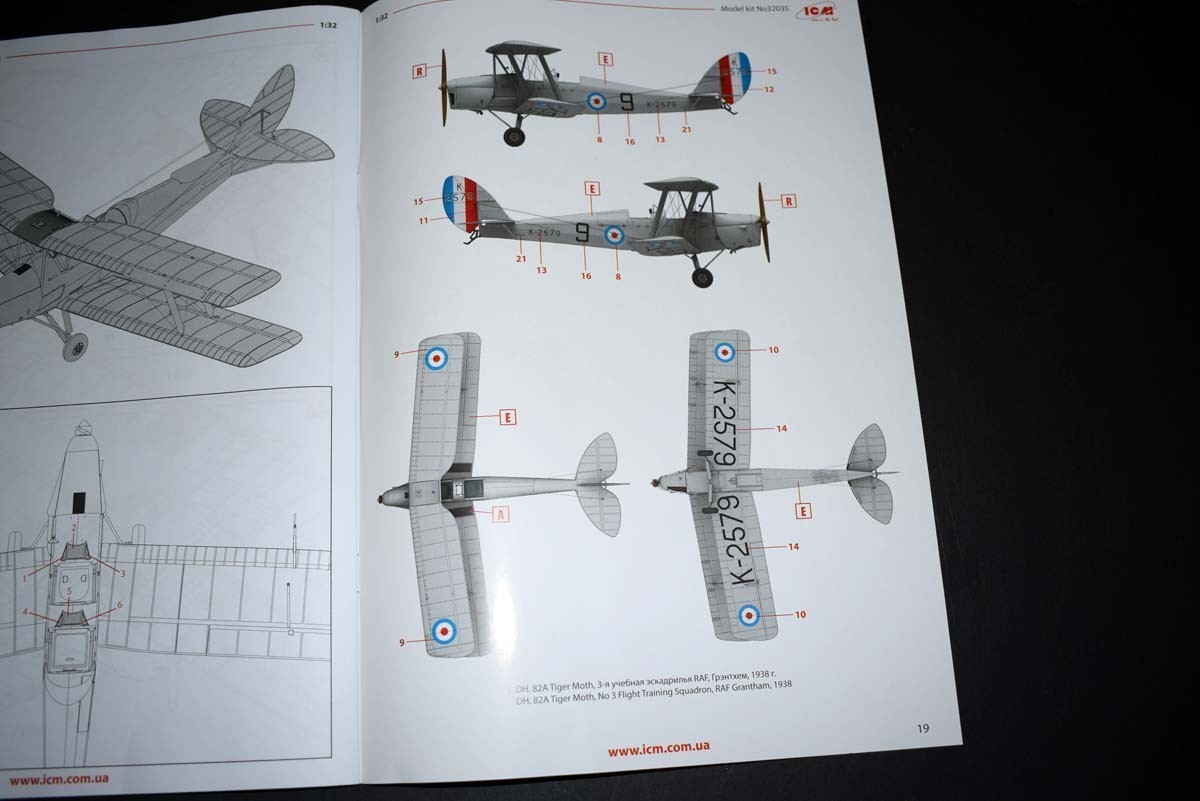
WWII RAF Cadets
While indicated to be cadets, other than the lack of flying wings there is nothing to separate these from active crews. The four figures are all stood in upright positions, and I believe are being taught how to correctly apply a parachute. We have three cadets and a pilot officer, all four figures are wearing the battledress uniform issued during the war, and for that matter was also worn for a short period after war. Which was based upon the British army battledress, the colour of this uniform is a blue/grey. Two of the figures are wearing the RAF side caps, with the flying Officer having a peaked flat cap. In the hand of the flying officer is a pipe, which is a nice touch. The fourth and final figure is wearing a leather flying jacket with the wool lining, a leather flying cap with built in headphones, flying goggles are placed on the cap, but disappointingly they are moulded in grey plastic rather than clear.
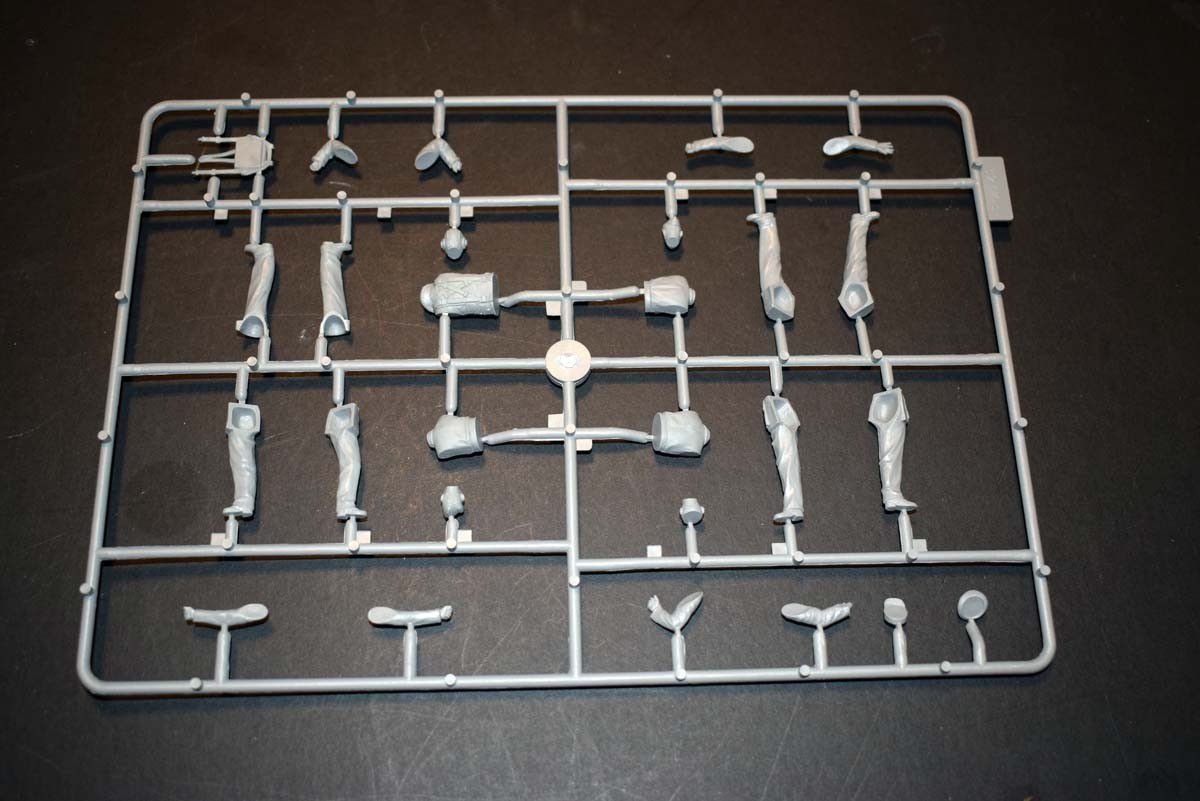
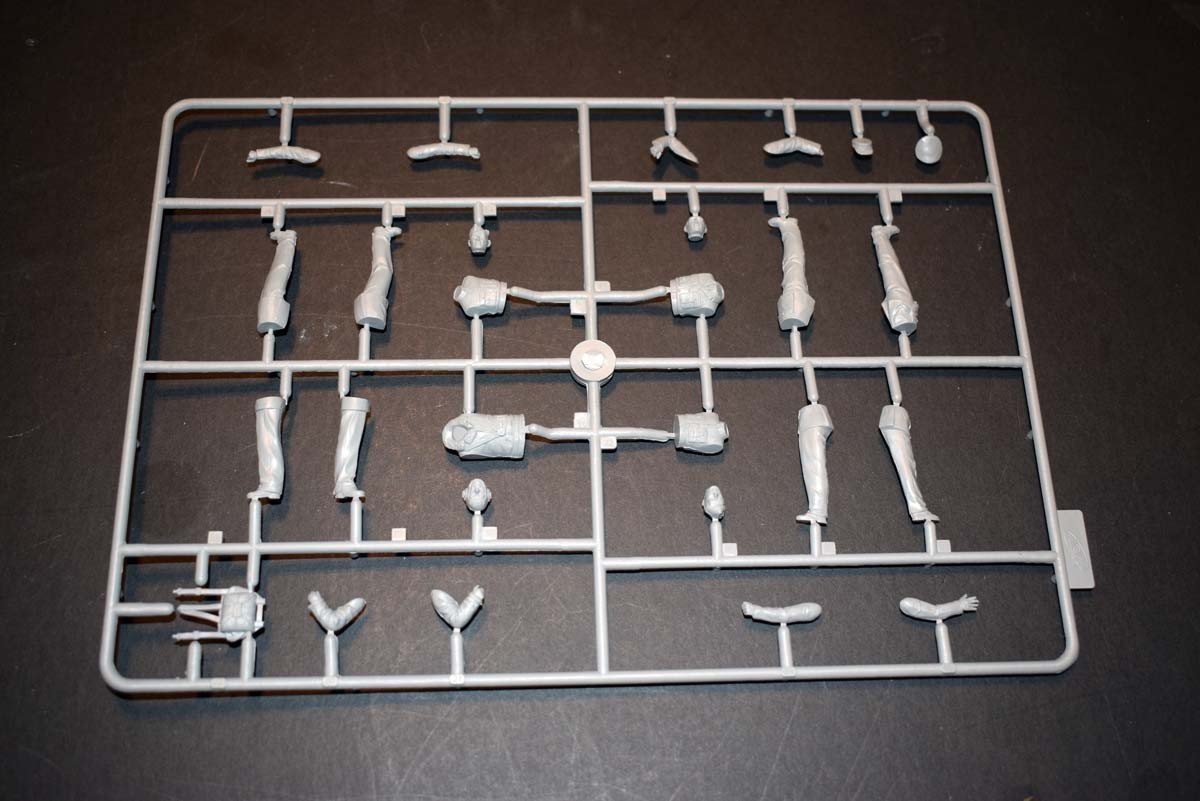
Conclusion
Some nice touches with this model is that ICM has supplied plans for creating your own masks for the clear parts and has gone out of their way to help you get the stringing of the aircraft correct via pre marked holes that you are instructed to drill out. On the downside the cockpit really needs to be improved on a model of 1/32nd scale and it is a real shame as I know how good ICM can be. I do like that some thought has been put into providing the choice of very different looking models. The figures are a good addition to the model as ICM are very good with the figure detail as a rule. My only complaint is that the figures don’t really give a setting a story beyond perhaps ‘Going Solo’.











